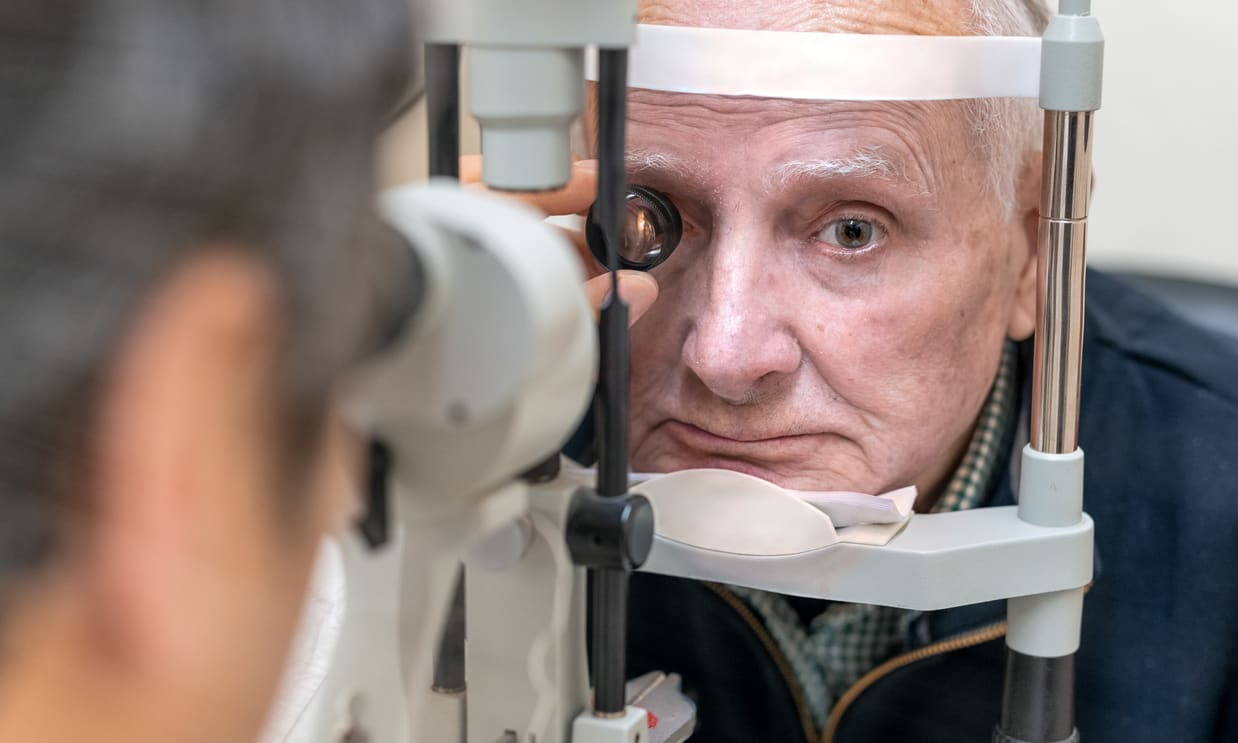Unveiling the Therapeutic Potential of Breathwork Techniques
Breathwork, an ancient practice with a modern twist, is gaining attention in the wellness sphere. This transformative technique focuses on conscious control of breathing to improve mental, physical, and spiritual health. Whether it's for stress reduction, emotional regulation, or an energy boost, breathwork appears to offer numerous health benefits. In this article, we'll delve into the science of breathwork and how it can positively impact your well-being.

A Brief History and Science of Breathwork
Breathwork, though recently popularized, has roots in ancient Eastern practices like yoga and meditation. Scholars believe that our ancestors used breath control techniques to induce trance states or spiritual enlightenment. Today, modern medicine is exploring breathwork’s therapeutic potential, with studies suggesting it can positively impact conditions like anxiety, depression, and post-traumatic stress disorder (PTSD).
From a scientific perspective, breathwork can influence the autonomic nervous system, responsible for our fight-or-flight and rest-and-digest responses. By consciously controlling our breathing, we can potentially switch from a stress-induced state to a more relaxed or focused one.
Current Trends in Breathwork and Research Insights
Breathwork techniques are now staples in many wellness programs, boasting benefits like improved mental clarity, emotional balance, and overall vitality. Some popular methods include Holotropic Breathwork, Transformational Breathwork, and Pranayama.
Recent scientific studies have shown promising results. For instance, a 2018 study published in the Journal of Clinical Psychology found that breathwork could significantly reduce symptoms of depression and anxiety. Additionally, a 2019 study in Frontiers in Psychology suggested that breathwork could improve self-awareness and emotional regulation.
Breathwork: Benefits, Challenges, and Credibility
Breathwork offers a plethora of health benefits. It can help reduce stress, manage panic disorders, boost mood, increase self-awareness, and even improve physical health. However, it’s not without challenges. Some individuals may experience emotional discomfort or physical side effects like dizziness. As with any wellness strategy, it’s essential to practice breathwork safely, preferably under professional guidance.
The scientific credibility of breathwork is growing, with numerous studies supporting its therapeutic effects. However, more research is needed to fully understand its mechanisms and potential applications.
Noteworthy Facts about Breathwork:
- Breathwork can potentially influence our nervous system, helping to reduce stress and induce relaxation.
- Different breathwork techniques serve different purposes. For instance, some focus on deep relaxation, while others aim to boost energy levels.
- Breathwork not only impacts mental health but can also have physical benefits, like lowering blood pressure and improving cardiovascular health.
In conclusion, breathwork offers an exciting avenue for health and wellness, combining ancient wisdom with modern science. Its potential benefits for mental and physical health make it a worthwhile practice to explore. As with any wellness strategy, it’s crucial to approach breathwork mindfully and, where possible, under expert guidance. As research continues, we may uncover even more ways this transformative practice can improve our well-being.




